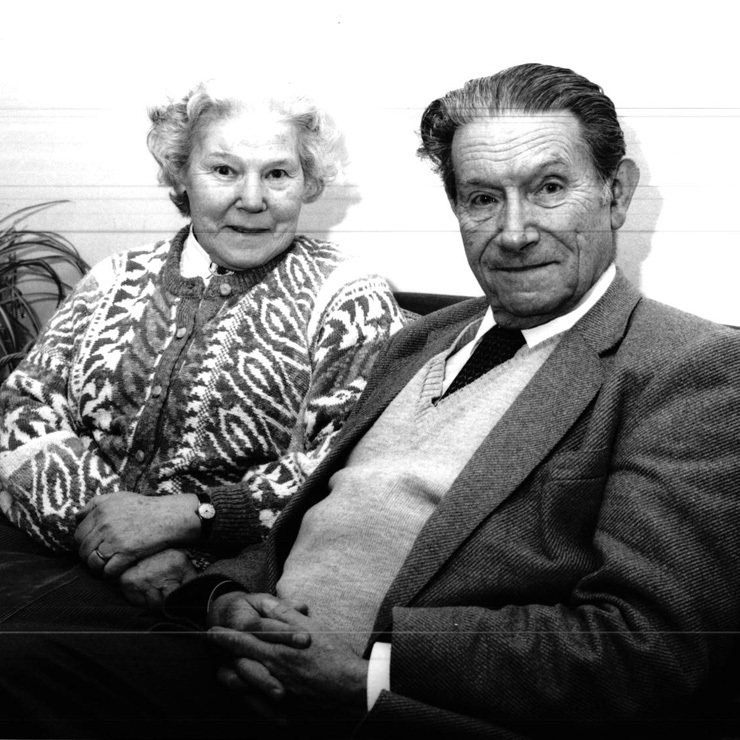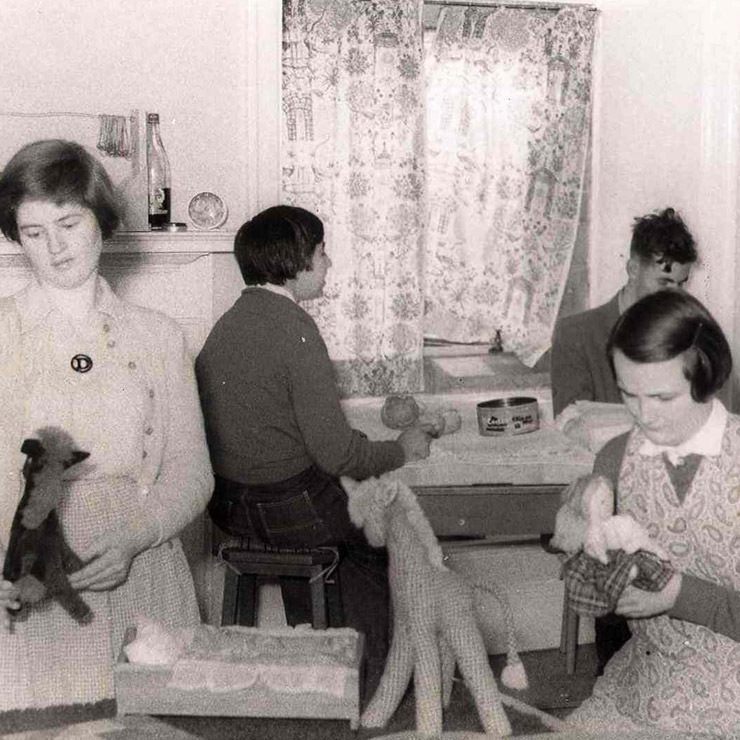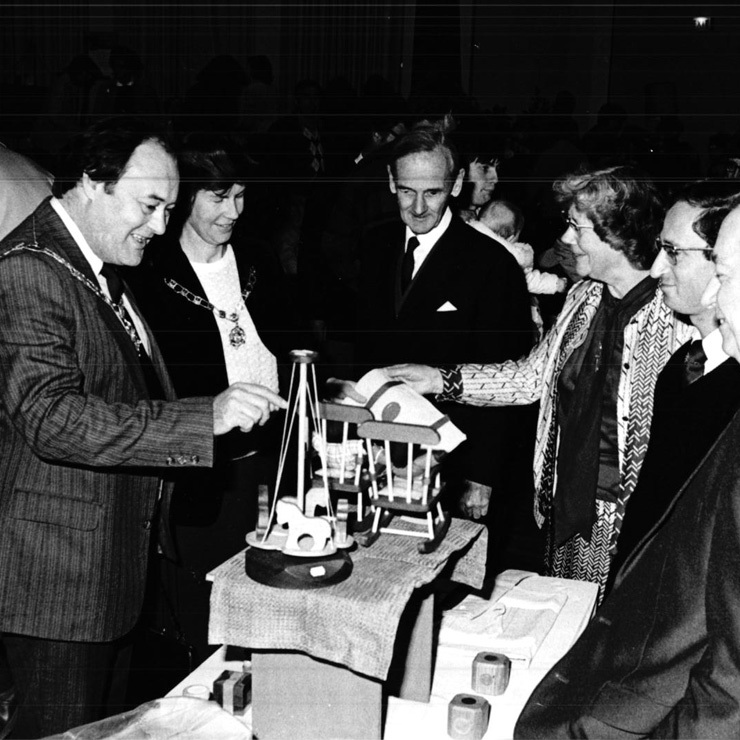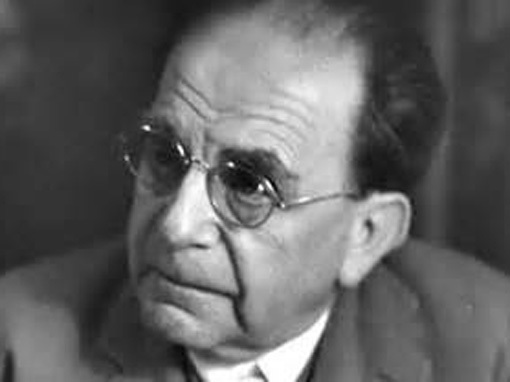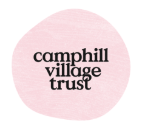The Camphill movement, as it came to be known, was founded in Scotland in 1939 by an Austrian Doctor Karl König with a group of young helpers. They were all refugees who had escaped Austria following the 1938 Anschluss. Born in 1902, König had significant experience in working with children with a learning disability within a residential setting.
The name Camphill comes from the Camphill estates in Aberdeen which were previously owned by the Macmillan family.
Anthroposophy
The radical difference of the new venture in Scotland was the emphasis on community both in a social and in a spiritual sense. Karl König was inspired by anthroposophy, a spiritual philosophy, mainly developed by Rudolf Steiner (1861-1925) at the end of the 19th and the beginning of the 20th century. Anthroposophy is a human-oriented Christian philosophy. The name is based on two Greek words which mean ‘wisdom of the human being’, and reflects and speaks to the basic questions of humanity and nature. It is not an abstract theory but informs our practice and continues to inspire us.
The beginnings
Camphill communities began with children who had a learning disability. König claimed that these children were social refugees whilst he and his co-workers were political ones. These children had been cast out of society in a similar way that he had been cast out of his homeland. König and the other founding Camphill members aimed to live and work with children with a learning disability carrying out what König termed ‘Curative Education’ with them.
The beginnings could in no way be seen as normal and without incident. Instead, they rather reflected the uncertainty of the times. König and the rest of the men were interned after Dunkirk, leaving the women of the party to begin the project. After six months the men were released and, with the help received of a loan of £1,000 from the Scottish Council for Refugees, work was started with the children in Camphill house in Aberdeen. Therapeutic groups were established and within the first year, 19 pupils between 2 and 19 years old were being educated. Demand-led expansion for such provision continued throughout the decade and by 1950 there were 222 pupils with a further 156 on the waiting list.
H.M.I. Reports compiled during the 1940s noted that the Camphill schools were the only form of educational provision available for children with severe learning disabilities. Such children were at this time more commonly termed as a health problem.
In 1955 after parental requests, the first adult provision was established by the Camphill movement. The Camphill Village Trust Limited (a company limited by guarantee and not having a share capital) was formed in October 1954.
Botton Village, the first Camphill Village Trust and Camphill provision for adults was situated in the North Yorkshire countryside. Today, Camphill Village Trust support approximately 50 adults with learning disabilities at Botton Village.
- Kate & Peter Roth. Founders of Botton Village
- Early craft workshop. The importance of meaningful work
- Anne Harris. Long-time Camphill Village Trust stalwart at Delrow
The present
There are now nine Camphill Village Trust communities throughout England, providing a homes for adults with a learning disability. Other Camphill communities have been established both in the UK and worldwide. The Camphill Movement is far from static. Its very name suggests its openness to change and its history over seventy-five years is witness to this. New challenges are always being presented. Many are taken up either by new developments in existing centres or by the founding of new communities.
We remain committed to the benefits that a sense of community brings to everyone, whilst constantly responding to people’s changing lifestyles and support needs, along with wider regulatory requirements. We recognise the importance of combining neighbourly cohesion with individual wellbeing. To be human is to be a social being. Both the person being supported and the person giving the support are interdependent and each has the potential to benefit and grow from the relationships that naturally develop.

